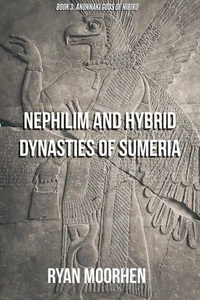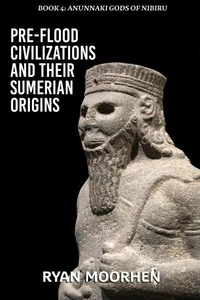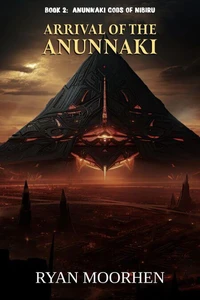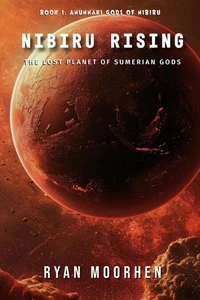The Gods of Nibiru in the Ancient Near East
Par :Formats :
Disponible dans votre compte client Decitre ou Furet du Nord dès validation de votre commande. Le format ePub est :
- Compatible avec une lecture sur My Vivlio (smartphone, tablette, ordinateur)
- Compatible avec une lecture sur liseuses Vivlio
- Pour les liseuses autres que Vivlio, vous devez utiliser le logiciel Adobe Digital Edition. Non compatible avec la lecture sur les liseuses Kindle, Remarkable et Sony
 , qui est-ce ?
, qui est-ce ?Notre partenaire de plateforme de lecture numérique où vous retrouverez l'ensemble de vos ebooks gratuitement
Pour en savoir plus sur nos ebooks, consultez notre aide en ligne ici
- FormatePub
- ISBN8201239411
- EAN9798201239411
- Date de parution24/02/2022
- Protection num.pas de protection
- Infos supplémentairesepub
- ÉditeurJL
Résumé
No direct explanation is given for the origin and nature of the luminous bodies, the sun, the planets, and the stars. Because, as far back as our written sources go, the Sumerians regarded the moon-god, who went by the names Sin and Nanna, as the son of the air-god Enlil, it does not seem unreasonable to suggest that they saw the moon as a bright, air-like body fashioned from the atmosphere. As the sun-god Utu and the Venus goddess Inanna are always referred to in the texts as children of the moon-god, these luminous bodies were probably imagined as having come from the moon after the latter had been formed from the atmosphere.
"The big ones walk around (the moon) like wild oxen, " and "the little ones that are scattered around (the moon) like grain" are considered the rest of the planets and stars.
"The big ones walk around (the moon) like wild oxen, " and "the little ones that are scattered around (the moon) like grain" are considered the rest of the planets and stars.
No direct explanation is given for the origin and nature of the luminous bodies, the sun, the planets, and the stars. Because, as far back as our written sources go, the Sumerians regarded the moon-god, who went by the names Sin and Nanna, as the son of the air-god Enlil, it does not seem unreasonable to suggest that they saw the moon as a bright, air-like body fashioned from the atmosphere. As the sun-god Utu and the Venus goddess Inanna are always referred to in the texts as children of the moon-god, these luminous bodies were probably imagined as having come from the moon after the latter had been formed from the atmosphere.
"The big ones walk around (the moon) like wild oxen, " and "the little ones that are scattered around (the moon) like grain" are considered the rest of the planets and stars.
"The big ones walk around (the moon) like wild oxen, " and "the little ones that are scattered around (the moon) like grain" are considered the rest of the planets and stars.


















